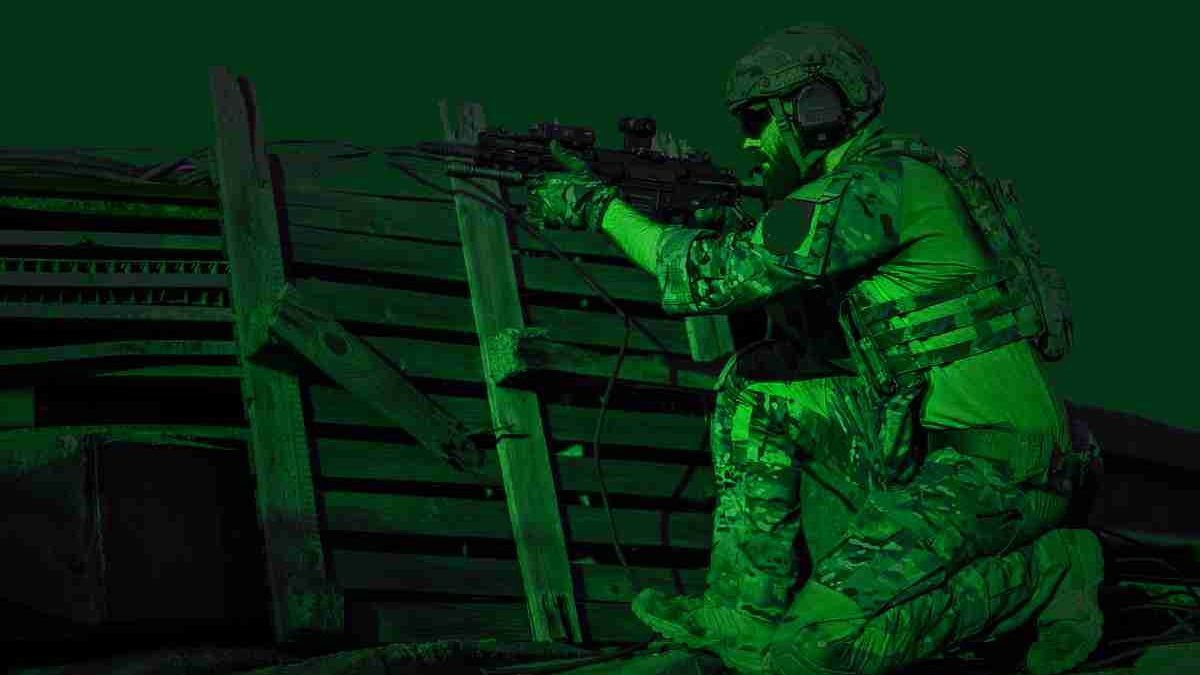Thermal imaging and night vision are the two main technologies that come to mind when it comes to improving our capacity to see in low- or no-light situations. Both have comparable goals, yet they work on totally distinct principles and have their benefits. Let us discuss the differences between thermal vs night vision technology.
Table of Contents
Operating Guidelines
The primary distinction between thermal imaging and night vision is in the manner in which information is captured and displayed:
Thermal Imaging: The use of infrared radiation to measure heat released by objects is the basis of thermal imaging technology. Every item generates heat and the amount of infrared radiation an object emits increases with its temperature. This heat is captured by thermal cameras, which then render it as a “thermal image” or thermogram, with various hues or tints denoting different temperature ranges. In essence, thermal photography makes heated things stand out against colder backgrounds by allowing you to notice temperature differences.
Night Vision: Contrarily, night vision technology uses ambient light that is already present, such as moonlight or starlight, to enhance images. Devices for night vision magnify the little amount of light present in low-light situations using an image intensifier tube. Shades of green are used to display the amplified image since they are the color that is most responsive to low light for humans. Although it enables night vision, temperature changes are not visible.
Application
The exact application determines whether thermal imaging or night vision should be used:
Thermal Imaging: Due to their superior heat signature detection capabilities, thermal cameras are the best tools for finding warm objects, people, or animals in complete darkness, as well as in situations where vision is reduced by smoke, fog, or camouflage. They are widely used in industrial applications including electrical inspections, law enforcement, surveillance, and search and rescue operations.
Night Vision: The main purpose of night vision equipment is to increase visibility at night and in low light. They are especially useful for pursuits like astronomy, tactical operations, observing animals, and hunting. Users with night vision can see in the dark without showing temperature differences because night vision produces a grayscale image with great contrast.
Limitations
Both night vision and thermal imaging have significant limits.
Thermal imaging: While thermal imaging is effective for locating heated objects, it might not be able to distinguish between people’s faces or offer fine details. The image quality might be impacted by weather conditions like rain or snow, and it cannot see through glass.
Night Vision: Because night vision depends on ambient light, it might not be as effective in completely dark settings without any light sources. The image might be washed out by excessive artificial light, which can also have an impact. Moreover, because of their image intensifier tubes, night vision equipment may be more costly and sensitive.
Price and accessibility
In comparison to thermal imaging cameras, which are typically more expensive owing to the intricacy of the technology, night vision devices are typically more reasonable and accessible in terms of cost.
To sum up
The particular application, user demands, financial constraints, and environmental factors all play a role in which of the two technologies are selected.

